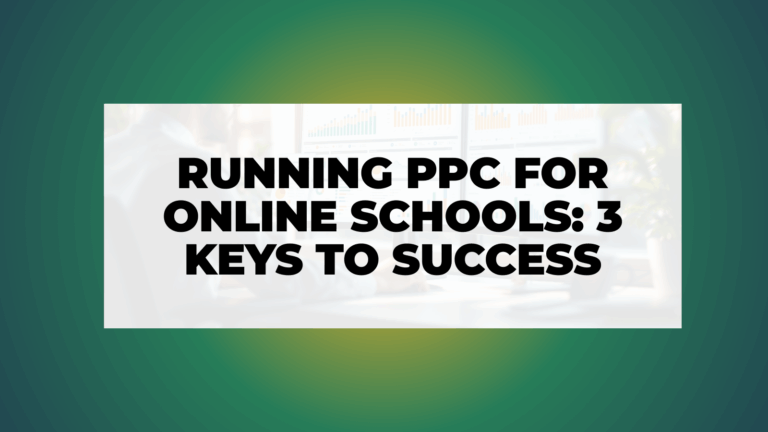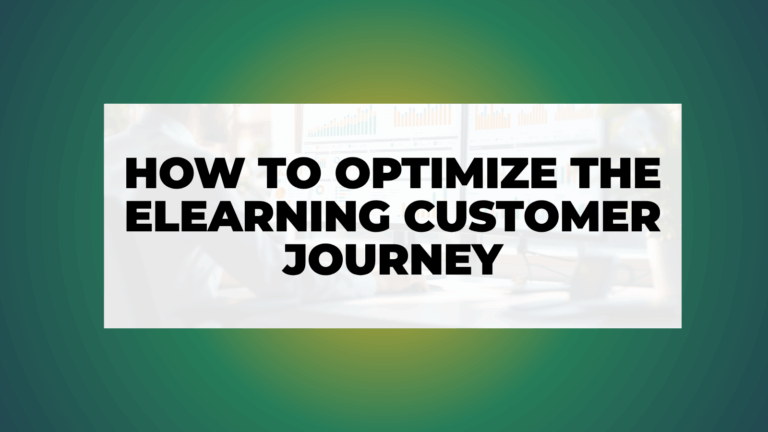Not tracking conversions is like driving without a GPS—you might be moving, but are you headed in the right direction?
In today’s constantly changing digital landscape, guessing your way through ad campaigns without data isn’t just risky—it’s a guaranteed way to waste money.
Recently, we worked with a client who tripled their conversions, captured 46% of the California market, and shattered their profit records. How?
We measured what mattered.
The Challenge
Our client had been relying on manual bidding and manual UTM tracking—both of which had worked for years. But their results were starting to drop.
They came to us with one request: “Help us optimize what we’ve been doing. We think adding automations and scripts will make us more efficient.”
It was a fair ask, but it missed a crucial point: they were operating on assumptions about what had worked in the past, without up-to-date data on what was driving their profits now.
We agreed to optimize their processes, but we also insisted on implementing end-to-end conversion tracking. This would give us—and the client—a clear picture of what was actually working.
Implementing Conversion Tracking
Conversion tracking became the cornerstone of our strategy. We started by identifying all the key metrics that mattered: from product sales to lead submissions, every action a potential customer could take that impacted the bottom line.
Step 1: Full-Funnel Tracking
We built a system to track the entire customer journey—from the first touchpoint to conversion.
This included data from Google Ads tracking, Facebook event tracking and cAPI setup, GA4 implementation, organic traffic, YouTube post-view tracking, and other. Each source fed into our tracking system, giving us a complete view of every lead and sale.
Clear Metrics: We introduced metrics like ROAS and Gross Profit to track the performance and profitability of each platform, campaign, and tactic.
Step 2: Tracking What Mattered
While the client wanted to optimize their SCAG model, conversion tracking quickly revealed that many of their “high-performing” keywords were driving conversions but not profits. The real drivers of growth were often overlooked campaigns.
Profit Optimization: Conversion tracking helped us focus on what actually drove profit—not just sales volume.
Step 3: Real-Time Adjustments
With tracking in place, the real work began. We could now see in real time which channels, keywords, and campaigns were delivering the best ROAS. This allowed us to adjust budgets dynamically and strategically.
Full-Funnel Adjustments: We reallocated 20% of the search budget to YouTube, resulting in a 15% boost in branded search volume and a lower overall CPA.
Reinvesting Based on Data
With precise data in hand, we reinvested the client’s marketing budget strategically. They could now see exactly which efforts were generating real results, allowing us to:
- Scale high-performing campaigns: We doubled down on YouTube and Facebook campaigns that drove indirect sales.
- Cut underperforming strategies: Several old campaigns, which the client thought were performing well, were scaled back or cut entirely.
- Optimize top-of-funnel efforts: Conversion tracking gave us insights to improve awareness campaigns, fueling more conversions down the line.
The Results:
- Tripled Conversions: In 12 months, total sales increased by over 300%.
- Market Domination: Captured 46% of the California market, a share the client once thought was unattainable.
- Record Profits: Net revenue increased by 25% within 9 months.
Key Takeaways
Conversion tracking isn’t just a tool—it’s the foundation of any successful marketing strategy. Without it, you’re guessing, and your growth will always be limited.
- Clarity Over Assumptions: The client believed their SCAG model was still driving success. Conversion tracking showed otherwise.
- Real-Time Insights: With conversion tracking, we could make real-time adjustments, capitalizing on emerging trends before they passed.
- Maximizing Profit: At the heart of it all was one lesson—measure what matters.
Measure What Matters
By implementing conversion tracking, our client went from frustration and outdated strategies to dominating their market. This wasn’t luck—it was the result of precise measurement, data-driven reinvestment, and evolving based on what works now.
Conversion tracking isn’t just a tool—it’s your GPS to scaling profit, boosting market share, and building long-term success. Ready to take your business to the next level? Start by measuring what matters.



